Getting a new puppy or dog can be fun and exciting. But now, you might be wondering what you need to do to actually train and educate your furry friend. That’s where socialization comes in!
If you don’t socialize your furry friend soon, then they can grow sky and skittish, which can evolve into aggressive behavior towards other people and animals. So, how can you get your dog on track?
In this article, we’ll explore the 5 common mistakes to avoid when socializing your dog:
1. Not Starting When They’re Young
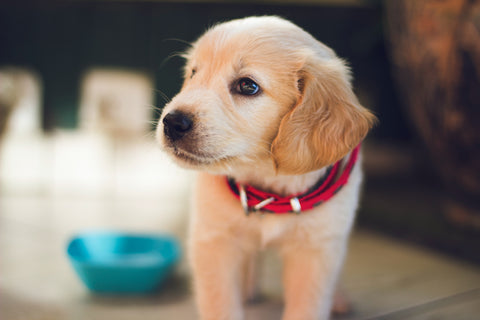
“Don’t wait to train your dog to be sociable,” says Caitlin Falk, a lifestyle writer at Research paper help and State of writing. “The earlier you begin socializing your dog, the quicker he or she will learn what to expect are the right social cues and etiquette, and you’re preparing them on how to communicate effectively with other dogs. Waiting to socialize them will put them at risk of feeling insecure when meeting new dogs. So, starting them early will prep them for the basics and have a good time in either the dog park or doggie daycare.”
2. Forcing Dog Into Stressful Situations
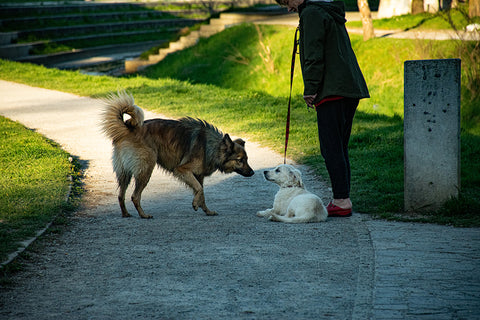
Socializing your dog should be positive for everyone involved. That means, if you try to force things to happen – say, taking your dog to the dog park without teaching them basic social cues – then he or she will get overwhelmed when seeing 10 to 20 dogs there, thus making them act aggressively. Plus, putting them in stressful situations (or busy and noisy places) isn’t good either; this would only set them up for failure.
Instead, start your dog in the yard. Let them get a little taste of the outdoors before taking them to the dog park, or anywhere else in public. Plus, be sure to have a dog treat bag, so that you can reward your dog for correct social cues and understanding basic commands.
3. No Exit Plan
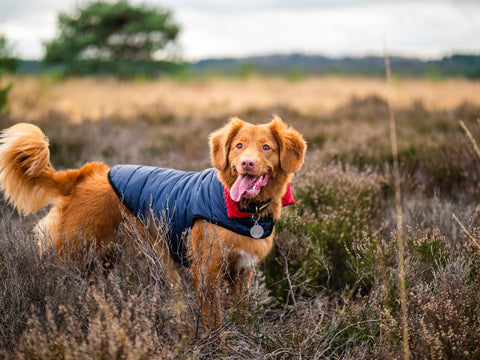
Since all situations aren’t perfect, you can’t let dogs stay in stressful situations. That means, when something goes wrong, you have to have an exit plan (or what to do if it’s not going well). Whether or not your dog is socialized enough, you still have to have a plan.
For example, if your dog barks and tries to lung at people, then your exit plan would be to walk away or get in the car and drive home.
4. No Training Classes
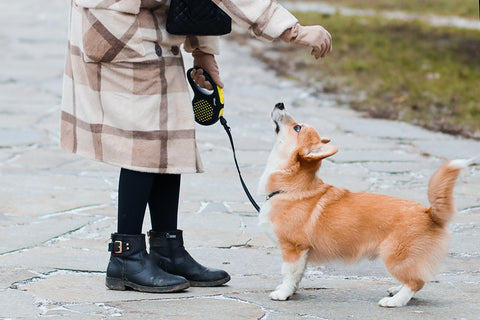
“For those would spend hundreds of dollars on an exotic purebred or designer dog, most of them might not think about spending money on dog training,” says Eva Bradfield, a blogger at Oxessays and Essayroo. “The same is true for those who adopt ‘rescue dogs.’ The truth is, no matter what type of dog and breed you invest in, be sure to also invest in their training. Obedience classes and other training are usually six weeks long to a year long. Or, you can hire a private trainer for one-on-one instruction.”
5. Trying To “Correct” A Fearful Dog

Finally, it’s never okay to try and “correct” your dog whenever they’re feeling stressed. Saying “no” or jerking on their leash would only make them more fearful, and those things can add more fuel to the fire. In short, correcting him or her won’t help them get over their fears.
Instead, take things slow and calm. Calming commands like “Sit” and “Watch me” can get their attention without scaring them. And, when you present a dog treat from a distance while telling them to sit, this will change their response whenever someone or another dog is present.
Now, if all else fails, then feel free to seek help from a professional dog trainer. Trainers would be able to help you go over a specific training plan for your dog.
Conclusion
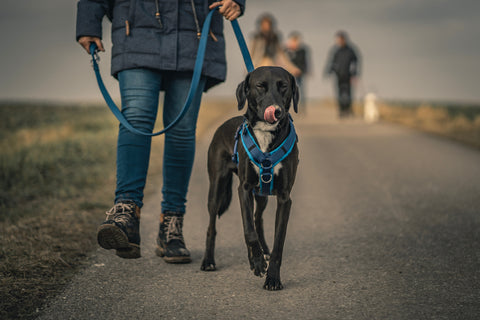
As you can see, it’s important to take your time when training your dog to be sociable towards other dogs and other people. Again, you can’t force things to happen like having your dog immediately socialize with an unfamiliar dog or person. Let your do take the lead and move at his or her own pace, so that they can get comfortable about their environment. Reinforce good behavior with appraisal. And, reward good behavior with treats.
And, as always, if you’re struggling to train your dog, consult a professional trainer, or sign up for obedience school.
Kristin Herman is a writer and editor at Ukwritings and Write my personal statement. She is also a contributing writer for Boomessays. As a marketing writer, she blogs about the latest trends in digital advertising.

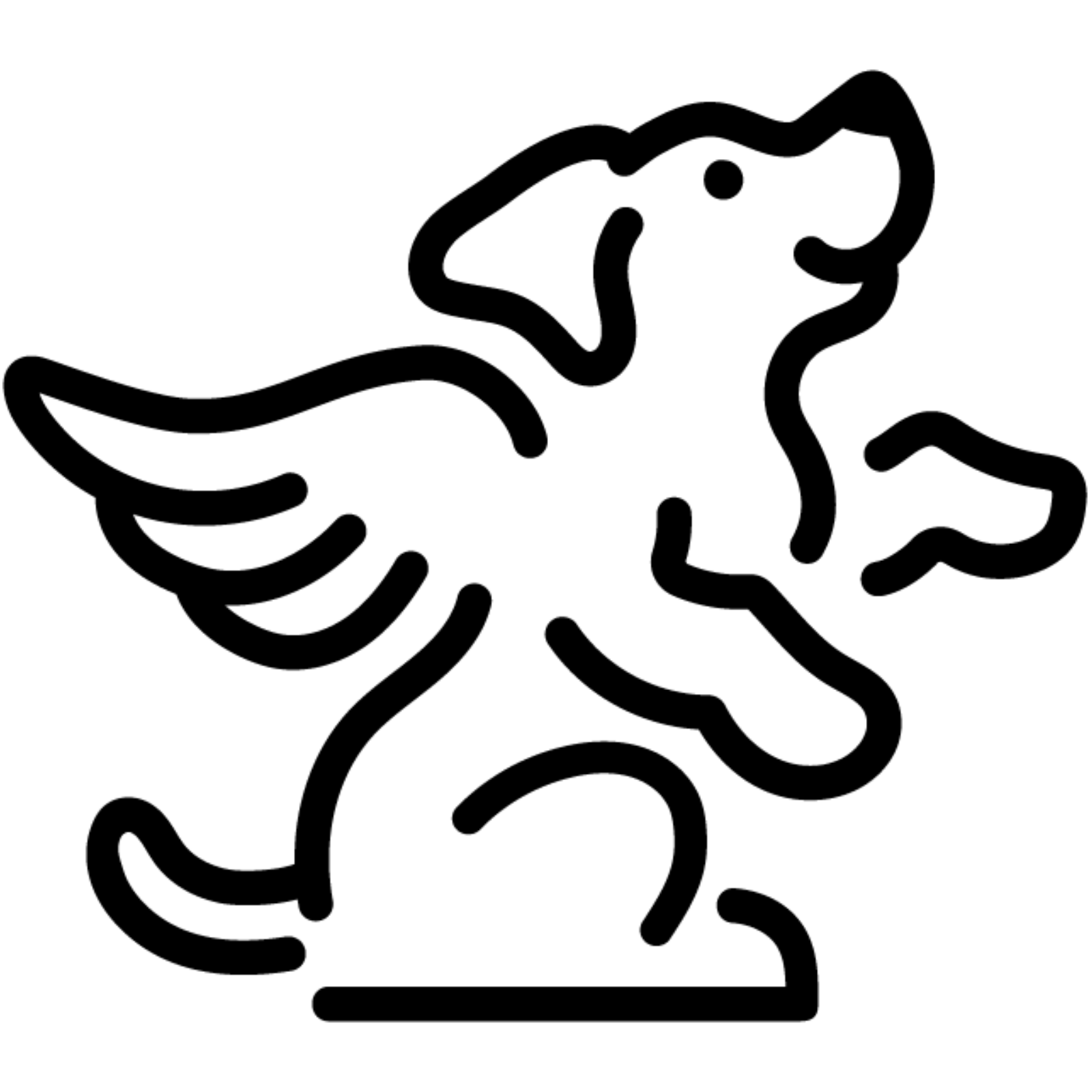


Share:
6 Must-Have Dog Training Supplies & Gear
K9 Sport Sack Holiday Gift Guide 2021
1 comment
Formal dog training is essential and so much more than sit and stay; it is the difference between having a well-behaved best friend and one who makes lots of faux “paws”. It’s never too late. This old dog learned this after decades of informally training our family’s dogs. I would add make time to interact several times a day, they are like a child and some breeds are surprisingly as smart as a 3rd grader. Thank you for posting the excellent advice article, “5 mistakes to avoid when socializing your dog.”